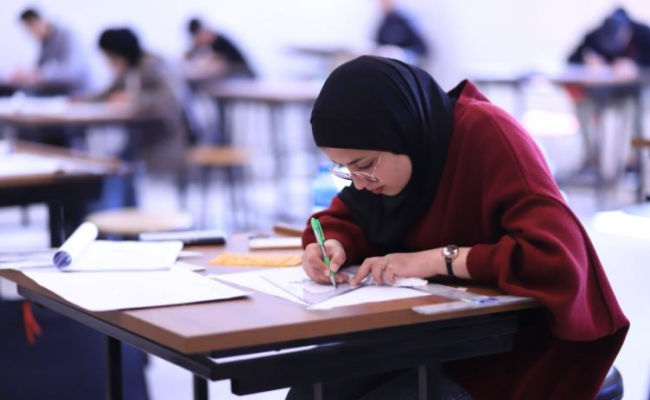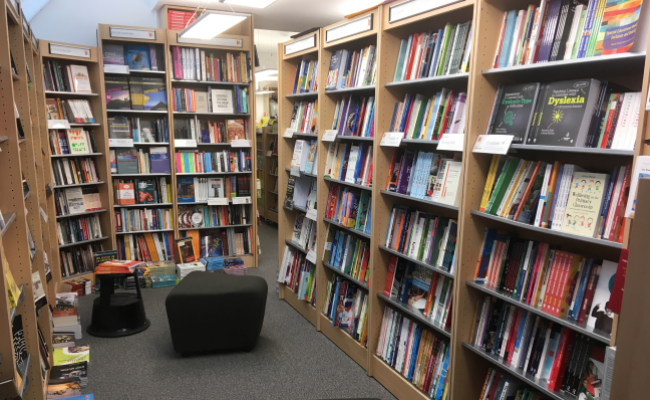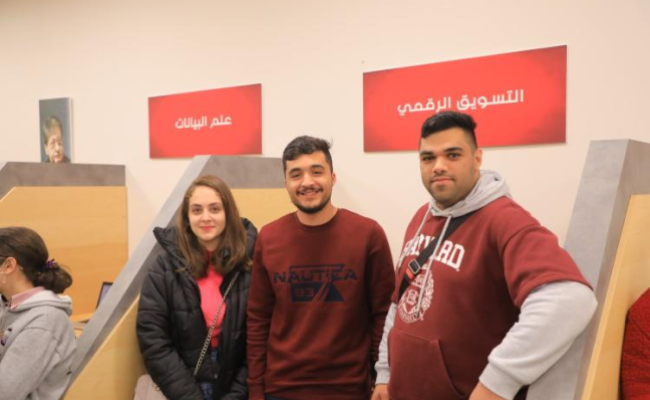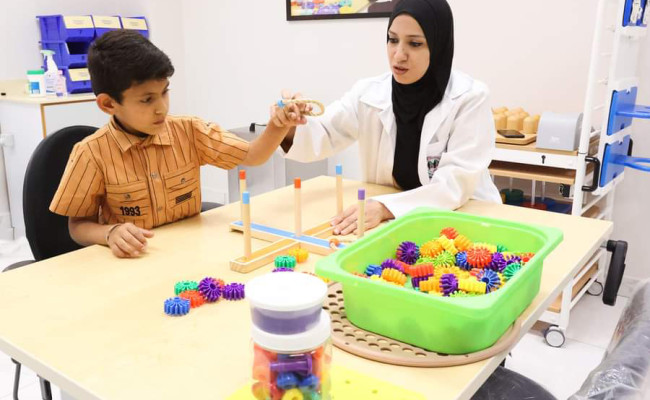The AAUP elementary education department provides a BA in Basic Elementary Education and a Diploma in Education for Upper Basic Level in the following subjects Teaching Arabic, Teaching English, Teaching Mathematics and Teaching Science. Graduates in Basic Elementary Education are eligible for teaching grades 1-4 and Graduate from the Diploma tracks are eligible for teaching grades 5-10. To get a degree in Basic Elementary Education a student must successfully pass 130 credit hours and. To get a degree in the Diploma in Education for Upper Basic Level a student must successfully pass 33 credit hours.
The Elementary Education Department meets all national and International accreditation standards which prepares graduates to teach students in Palestine or outside, qualified teachers in accordance with the latest educational means and strategies.
Coursework in the Elementary Education Department includes Content Knowledge (CK) and Pedagogy Content Knowledge (PCK).
Programs
This is a formal text, meaning that the purpose is the form, not the content, and it is used in the printing and publishing industries. Since the fifteenth century, when an unknown printer stacked a group of letters randomly taken from a text, to form a booklet that served as a guide or formal reference for these letters.
Faculty Members
This is a formal text, meaning that the purpose is the form, not the content, and it is used in the printing and publishing industries. Since the fifteenth century, when an unknown printer stacked a group of letters randomly taken from a text, to form a booklet that served as a guide or formal reference for these letters.

Marwan Abu alrob
Imad Abu AL-Rub

Jawad Abadi

Mosaddaq Barahmeh

Yahya Jaber
Board of Directors
This is a formal text, meaning that the purpose is the form, not the content, and it is used in the printing and publishing industries. Since the fifteenth century, when an unknown printer stacked a group of letters randomly taken from a text, to form a booklet that served as a guide or formal reference for these letters.
Units
This is a formal text, meaning that the purpose is the form, not the content, and it is used in the printing and publishing industries. Since the fifteenth century, when an unknown printer stacked a group of letters randomly taken from a text, to form a booklet that served as a guide or formal reference for these letters.






